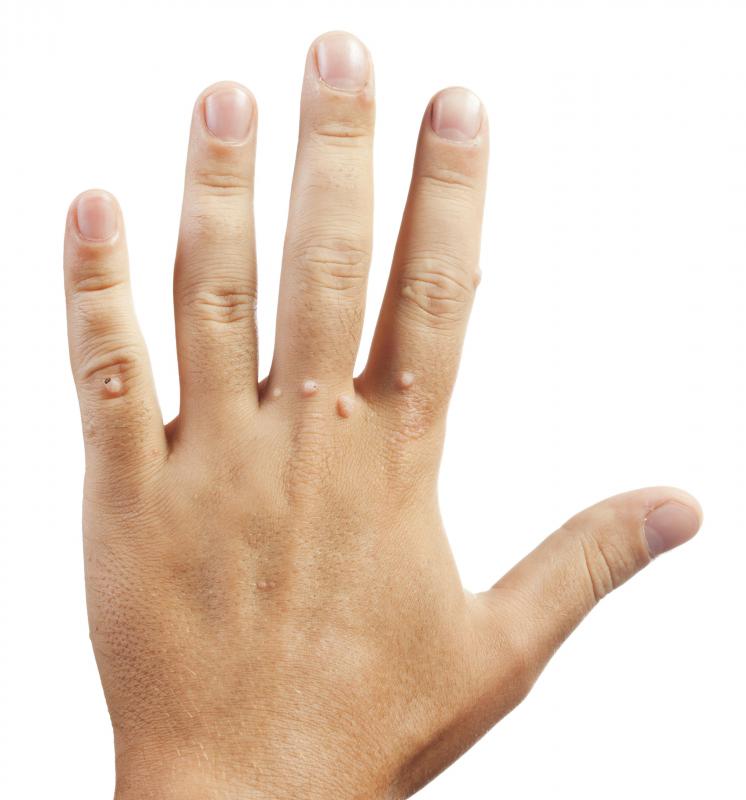At TheHealthBoard, we're committed to delivering accurate, trustworthy information. Our expert-authored content is rigorously fact-checked and sourced from credible authorities. Discover how we uphold the highest standards in providing you with reliable knowledge.
What can I Expect from Surgical Wart Removal?
Surgical procedures will remove your warts, but since they don't cure the virus that causes warts, human papillomavirus (HPV), warts can come back. Warts can be surgically removed by electrosurgery and curettage or laser surgery. In most cases, surgical wart removal is done on an outpatient basis and requires only local anesthetic.
Doctors typically recommend the type of wart removal they feel is least likely to cause scarring. For example, plantar warts grow on the soles of the feet; when they grow in clusters, they're referred to as mosaic warts. Using surgical methods, plantar wart removal can cause significant scarring, so doctors recommend surgery only after methods of non-surgical wart removal have failed.

In electrosurgery and curettage, your doctor places a needle on the wart. In a procedure known as electrodesiccation, the tissues of the wart are burned away by electrical current that passes through the needle. A curette, an instrument resembling a spoon with sharp edges, is then used to scrape away the remaining dead tissue. Following surgery, you must keep the area clean and dry.

Electrosurgery and curettage is an effective method for surgical wart removal, and it takes only 30 minutes or so to perform. Compared to laser surgery, this procedure is relatively inexpensive. The most common side effect of electrosurgery and curettage is scarring. Other possible side effects include nerve damage, slow healing and risk of infection.

In laser surgery, the doctor uses a high intensity beam of light to surgically remove the wart. There are two kinds of lasers used in this surgery: pulse dye lasers and carbon dioxide lasers. Pulse dye lasers attack the blood vessels of the wart, starving it and making it fall off. Repeated treatments with pulse dye lasers are often necessary for successful wart removal. Carbon dioxide lasers act as a scalpel to cut the wart away and require only one treatment.

For stubborn warts or for multiple warts that are spread over a wide area, laser surgery is the best method of surgical wart removal. Not only is it effective for common warts and plantar warts, but it also works to remove genital warts. Laser surgery is, however, expensive, and recovery time can take up to five weeks. Another drawback to laser surgery is that it can cancel out any immunity the body has built against warts in the affected area, making regrowth of warts more likely.
AS FEATURED ON:
AS FEATURED ON:

















Discussion Comments
There are also over the counter products available for mole and wart removal, and some dermatologists still attempt to freeze warts off, before pursuing surgical treatment. If you don't have health insurance or simply aren't willing to go under a surgeon's knife, you may still have options available to you.
Post your comments